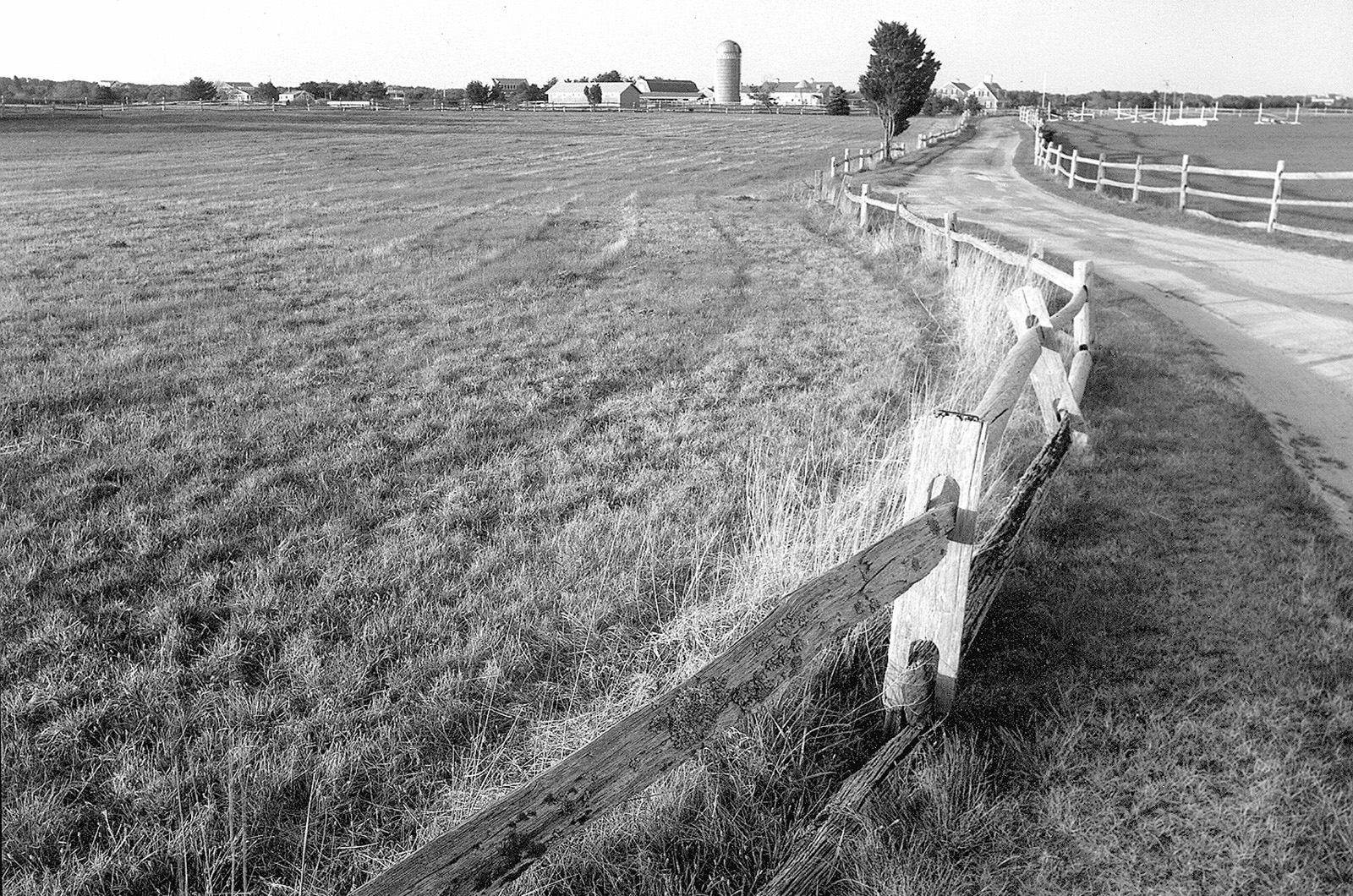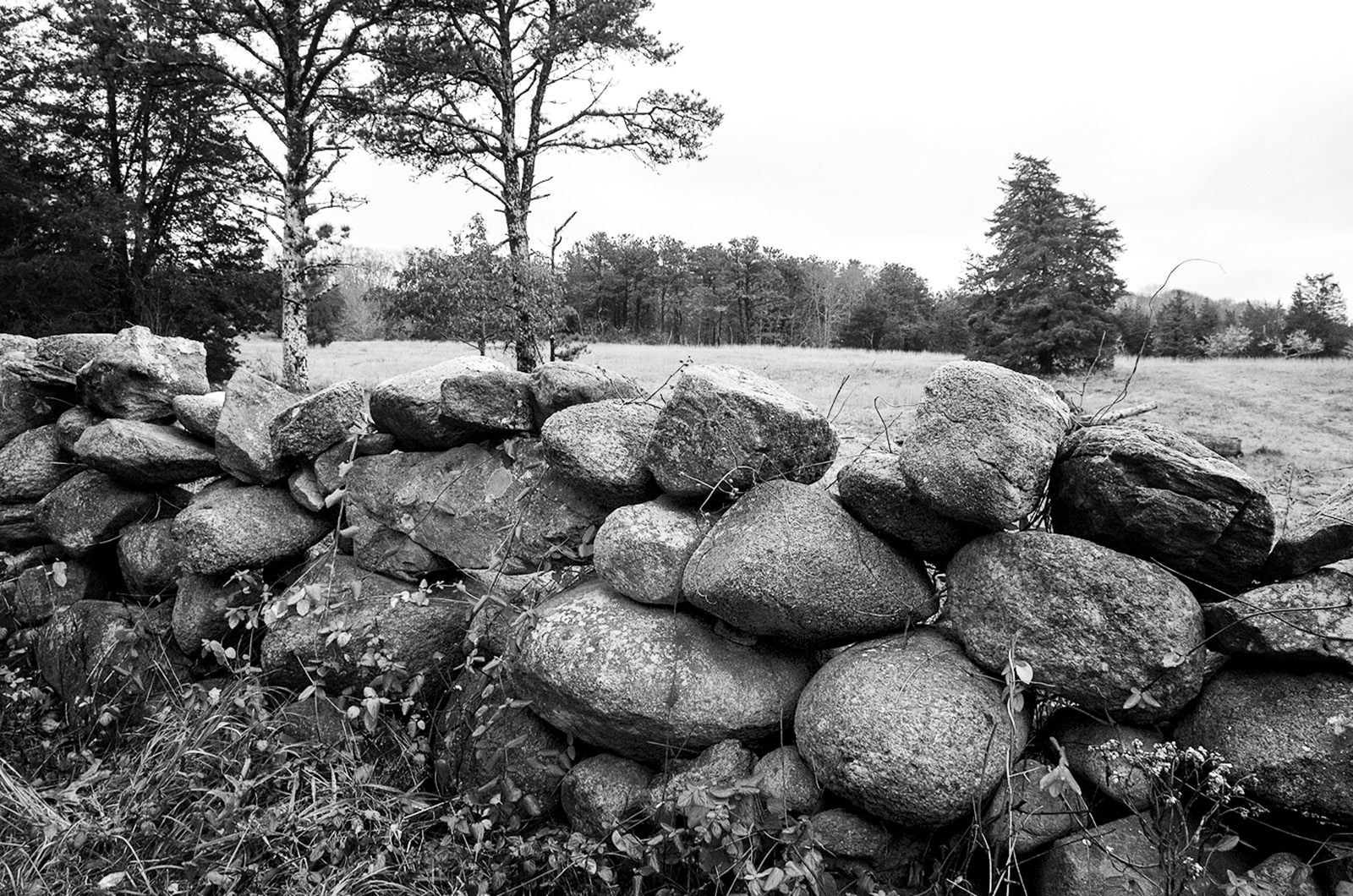The strange alphabet soup of DRIs and DCPCs. The rigorous reviews of proposed projects. The meetings that run so late on Thursday nights at the Olde Stone Building in Oak Bluffs, when they’re over the only ones out and about on New York avenue are the skunks.
By now these are familiar hallmarks of the Martha’s Vineyard Commission, the unique experiment in American government begun here 50 years ago. But they don’t really convey what the commission is about.
It’s about the land — in fact its first name was the land and water commission — and the people who live on it. It’s about their communities, their quality of life.
It harks back to meetings around kitchen tables in the late 1960s and early 1970s when the first comprehensive zoning maps were drafted for the Island. To proposed federal legislation that would have turned Martha’s Vineyard and the Elizabeth islands into a version of the Cape Cod National Seashore, and the deafening public outcry that followed. To fierce idealogical battles and in the end a political will that prevailed across six small towns that can rarely agree on anything.
These events are all tied together in a single story that runs as deep and wide as Nantucket Sound itself. Ultimately it’s about the Vineyard of course, and how 50 years ago a course would be set that would determine what the Island would become — and remains — today: a place of tremendous natural beauty, diverse ecology, rich history and culture and safe communities, a place where densely-built village business districts sprawl lightly into a hodgepodge of wooded residential neighborhoods rimmed by scenic rural roads and wide-open vistas to the sea.
But even the early architects of it all, everyday Islanders who were at once ordinary and visionary, could not have predicted exactly how things would turn out.
But they swung for the fences.

“People who were on the first Martha’s Vineyard Commission were far-sighted, their executive director was far-sighted, their legal counsel was far-sighted,” recalled Ron Rappaport, a native Islander and the longtime attorney for five of the six Island towns. “We had giants in each of the towns who helped lead the preservation effort, even if it was also a reaction against the federal government coming in. The combination was just what we needed.”
Beginning this week the commission celebrates the 50th anniversary of its founding with an exhibit at Featherstone Center for the Arts. Other events are planned for into the fall.
To prepare for the exhibit, commission staff planner Alex Elvin conducted an extensive research project, unearthing records, speaking with past commissioners and combing through hundreds of old reports — many of them stowed away in boxes at the commission offices.
Mr. Elvin said he was struck by the tenor of the early years.
“The energy around the commission — it was the big bang in a way,” he said. “The staff was in their 20s, the commissioners were younger [than today]. There was a real sense of promise for the Island.”
In interviews with the Gazette, commissioners past and present and others recalled the resonant history of the regional planning agency. All said the impact on the Vineyard has been profound, and that while the Island has changed dramatically, the work of the commission remains as important as ever.
Greg Coogan of Oak Bluffs was elected to the first commission when he was in his 20s.
“We were kids, that’s what hits me,” he said. “I know I’m one of the last ones standing . . . and the older people who were on the commission with me in the beginning had perspective that I didn’t have. I appreciated that.
He continued: “I only served a term but my memory is the big picture part of what people wanted — and what made sense to me was trying to look at the whole Island. It was, what can we save?” he recalled.
He said the Island roads district and coastal district were important priorities.
“When you drove from Vineyard Haven to Gay Head — today Aquinnah — you never feel like you’ve been here before. Protecting the roads was key because we loved driving around — we still love driving around. Then we wanted the water, a few of us, many of us, had spent a lot of time on the water, and we knew it was a heady thing to change. But it was important to protect. The idea was from the outside looking in. Coming toward the Vineyard from Woods Hole, what do you see? The beautiful shoreline.”
Mr. Coogan, who would later go on to serve six terms as an Oak Bluffs selectman, also recalled the out-sized role played by the commission’s first attorney, Donald Connors, a Boston lawyer who became a major force in the state’s environmental movement.
“What a gift he was,” he said. “And talk about — I don’t want to single out Edgartown — but when they complain about the legal bills it made me remember him.
“He came in and basically said, I’m doing this for nothing because I want to see where the law goes. He really made us very comfortable in making decisions. He would say, ‘If you think it’s right, I’ll defend it.’ We all worried about the legal stuff, but you’ve got to stand behind what you think is important. He made it less contentious. I thought he was a hero.”
Ron Rappaport was also in an early stage of his career and working in the U.S. Senate when the commission was formed.
“It was an exciting time for me,” he recalled.
He said the commission “has had a dramatic impact on the Vineyard. Something you don’t see is that a lot of projects don’t get applied for because they know it won’t pass the commission. The impact it has had is far-reaching. The commission has done a terrific job.”
Mr. Rappaport continued: “The three most important events of the last 50 years are town zoning, the Martha’s Vineyard Commission legislation and the land bank. It’s kept us who we are. Now we’re moving into a whole other set of issues with affordable housing, nitrogen loading, erosion . . . I do believe that with the commission there to guide us, we will see a way to solve these as well.”
Several of those interviewed expressed concern for a sharp decline in interest in serving on the commission. In 1974 when the first MVC election was held, 42 candidates ran for nine seats. In recent years, contested elections have been the exception; many of the current commissioners have served on the body for many years.
Mr. Coogan called it a sign of the times, offering an analogy.
“I have an old wooden sailboat that I’ve been trying to sell — a beautiful, restored sailboat. I have four grandchildren and the boat is too big, we need something smaller for the kids,” he said. “But it hasn’t sold and I’m told that no one wants to buy it because nobody has the time to take care of it. People don’t have the time to be on the commission either.”
At the same time, the critical nature of the commission’s role has only increased.
“[Fifty years ago] there was a collective sense of urgency among virtually everyone that if we weren’t careful we would lose everything that we valued so much,” said Joan Malkin, a current member of the commission from Chilmark and former chairman.
“We need it even more now,” she continued. “And it’s not because we haven’t done our job, it’s because the job seems to get bigger and harder ... there’s not as much open space, the buildings are bigger, the people are less tied to the Island. The nature of the urgency has probably morphed, but it’s no less urgent.”
Jim Vercruysse of Aquinnah, who served on the MVC for more than 14 years, including two stints as chairman, agreed.
“It’s absolutely still important,” he said. “I’m really proud to have been on the commission,” he said. “And I may be on it again in the future.”










Comments (1)
Comments
Comment policy »